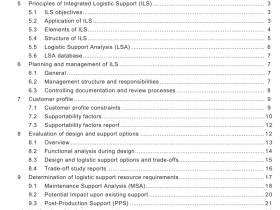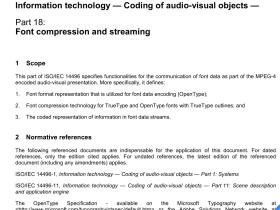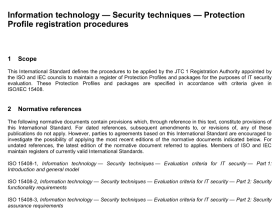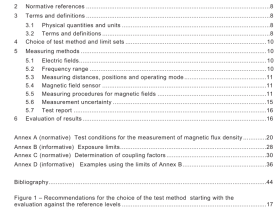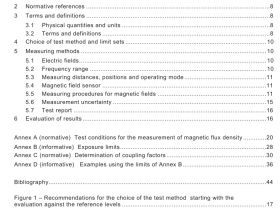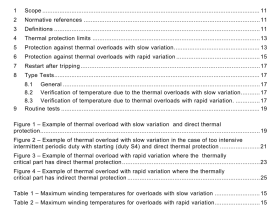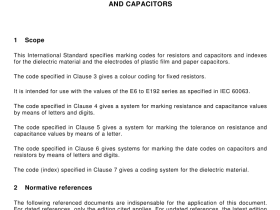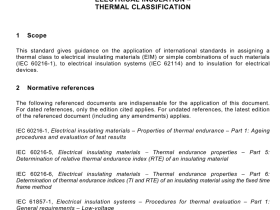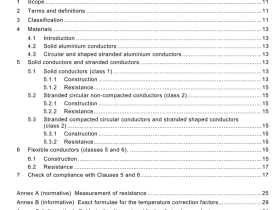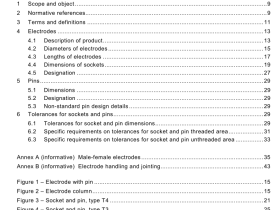IEC 61226 pdf download
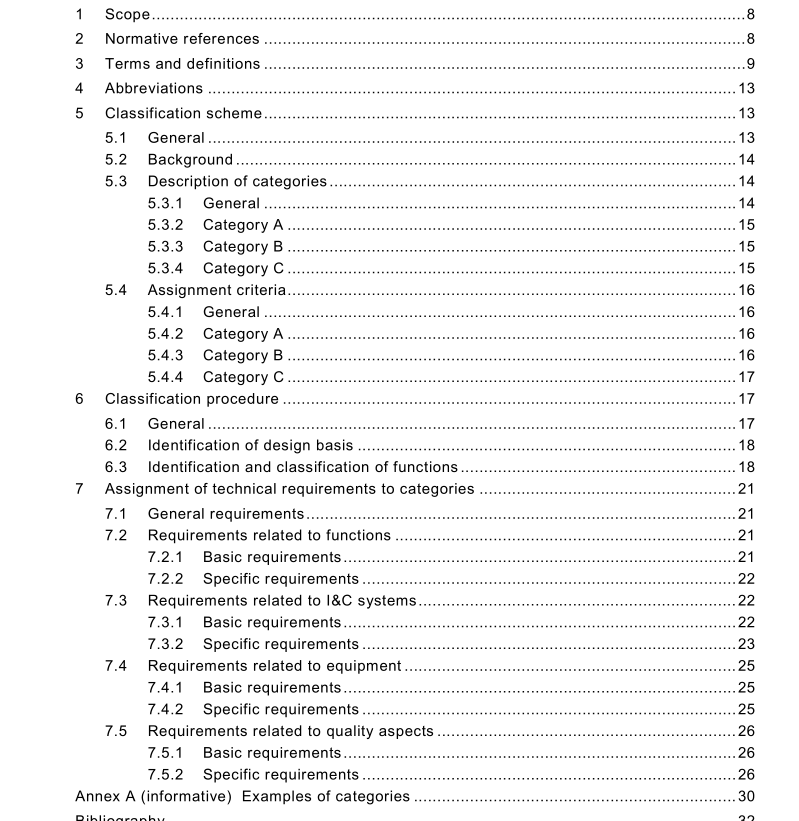
IEC 61226 pdf download Nuclear power plants – Instrumentation and control important to safety – Classification of instrumentation and control functions
1 Scope
This International Standard establishes a method of classification of the information and command functions for nuclear power plants, and the I&C systems and equipment that provide those functions, into categories that designate the importance to safety of the function.
The resulting classification then determines relevant design criteria. The design criteria are the measures of quality by which the adequacy of each function in relation to its importance to plant safety is ensured. In this standard, the criteria are those of functionality, reliability, performance, environmental durability (including seismic) and quality assurance (QA). This standard is applicable to all the information and command functions and the instrument- ation and control (I&C) systems and equipment that provide those functions. The functions, systems and equipment under consideration provide automated protection, closed or open loop control and information to the operating staff.
They keep the NPP conditions inside the safe operating envelope and provide automatic actions, or enable manual actions, that prevent or mitigate accidents, or that prevent or minimize radioactive releases to the site or wider environment.
The I&C functions that fulfil these roles safeguard the health and safety of the NPP operators and the public. This standard follows the general principles given in IAEA safety code NS-R-1 and safety guide NS-G-1 .3, and it defines a structured method of applying the guidance contained in those codes and standards to the I&C systems that perform functions important to safety in a NPP. This standard should be read in association with the IAEA guides and IEC 61 51 3 in implementing the requirements of IEC 61 508 series.
2 Normative references
The following referenced documents are indispensable for the application of this document. For dated references, only the edition cited applies. For undated references, the latest edition of the referenced document (including any amendments) applies.
3 Terms and definitions
For the purposes of this document, the following terms and definitions apply.
3.1 anticipated operational occurrence operational process deviating from normal operation which is expected to occur at least once during the operating lifetime of a facility but which, in view of appropriate design provisions, does not cause any significant damage to items important to safety nor lead to accident conditions [IAEA Safety Glossary:2007]
3.2
common cause failure
CCF
failure of two or more structures, systems or components due to a single specific event or cause
[IAEA Safety Glossary:2007]
